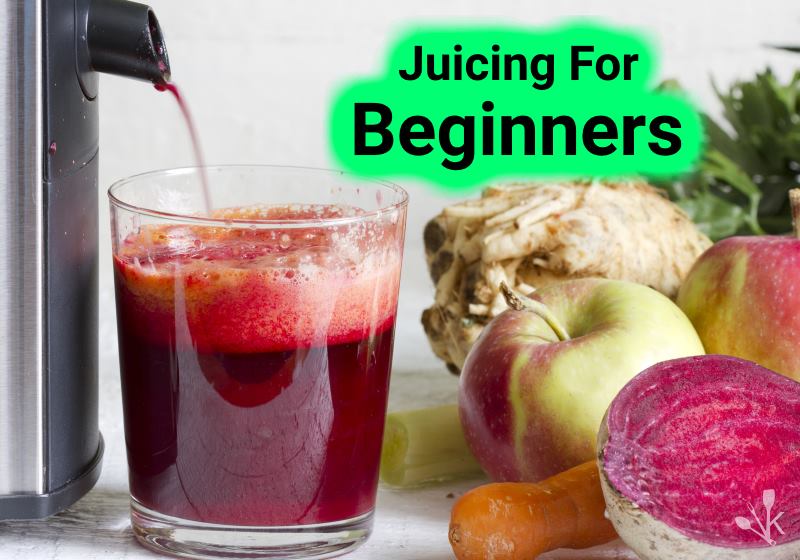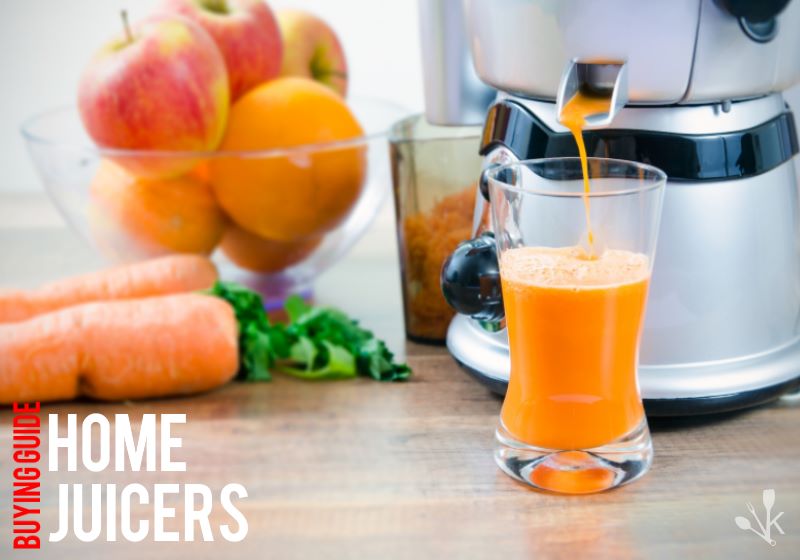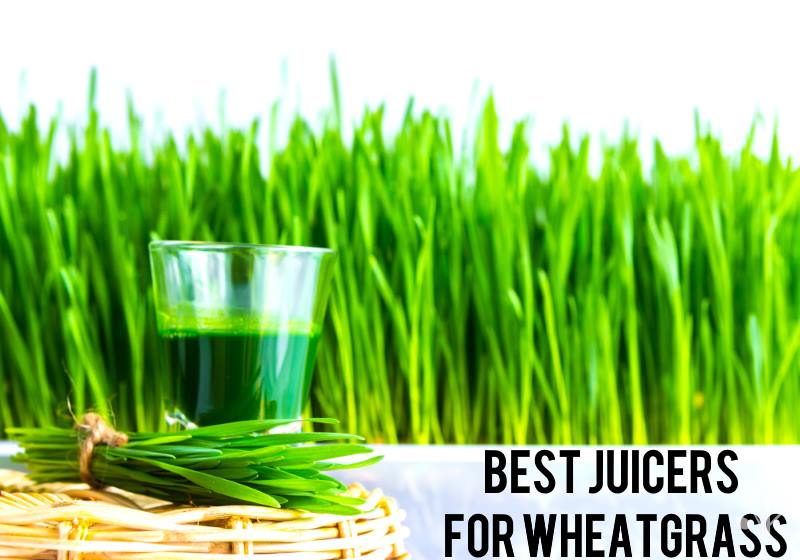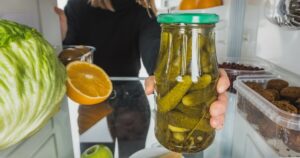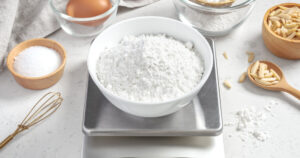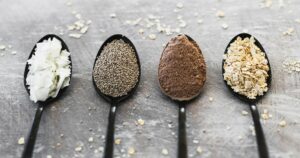Vegetables pack a punch of nutrients and flavors, but with such a colorful array and tastes, it can become complicated quickly.
How do you know which vegetables are juicer friendly, and how do you begin pairing those veggies? And if you had to pick one, what is the best vegetable to juice?
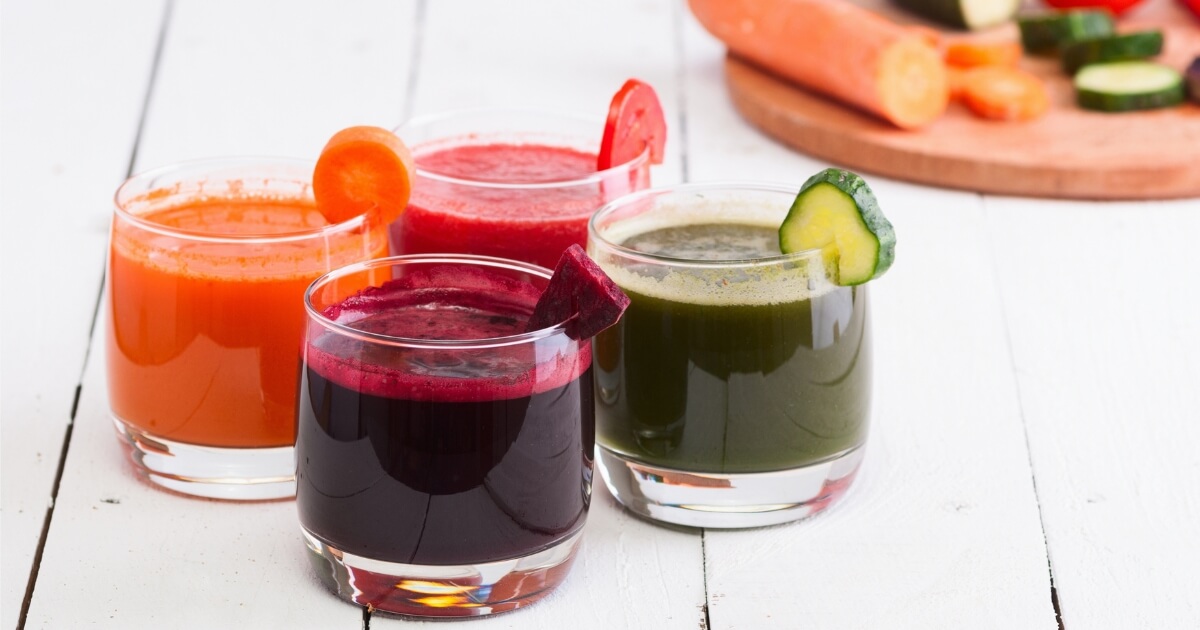
Carrots are one of the best vegetables to juice because of their sweet taste, abundant juice yield, and vibrant color. They have a delicious flavor that pairs well with a variety of other ingredients and are available year-round.
In this guide, I’ll walk you through more of my favorite vegetables that are healthy and delicious for juicing, whether you’re blending them with other ingredients or sipping them solo.
Cucumber
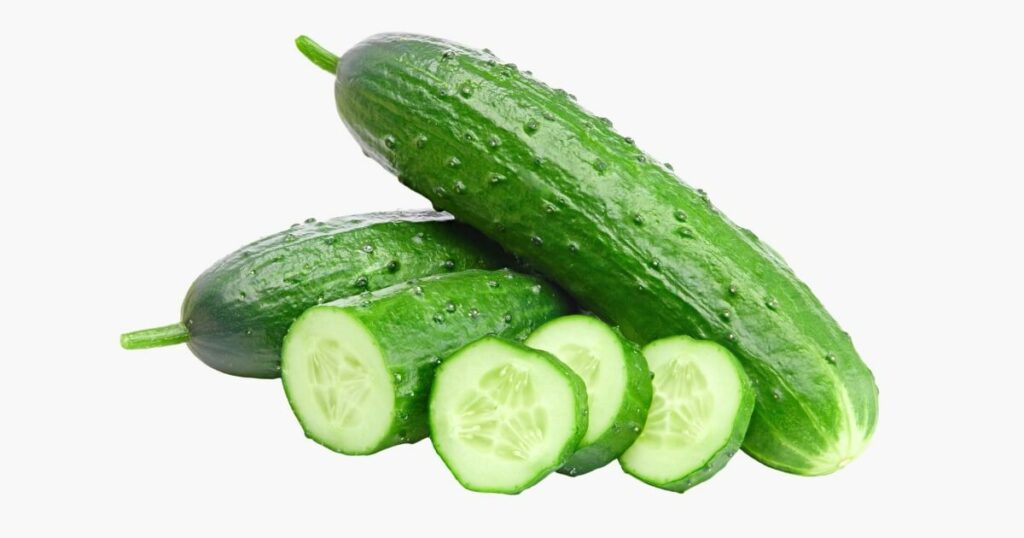
Ever thought about adding cucumber to your juicing mix? Here’s why you should give it a go:
- Super Hydrating: You’d be surprised how much liquid these guys can give. Cucumbers are your best bet if you want to get more volume in your glass.
- Subtle and Gentle: Some veggies can take over your juice with their strong flavors. Not cucumbers. They blend in without overshadowing other ingredients.
- Silky Finish: Nobody wants lumpy juice. With cucumbers, you’re guaranteed a smooth and pleasant texture every time.
When juicing cucumbers, it’s a good idea to keep the skin on if they’re organic. The skin contains many of the nutrients and gives a richer flavor. However, if they’re not organic, it’s better to peel them to avoid potential pesticides.
Also, consider chilling your cucumbers before juicing. A cold cucumber can make your juice extra refreshing.
And if you’re looking for a flavor boost, pairing cucumber with a splash of lemon or lime can elevate the taste, giving you a refreshing and zesty drink.
Carrots
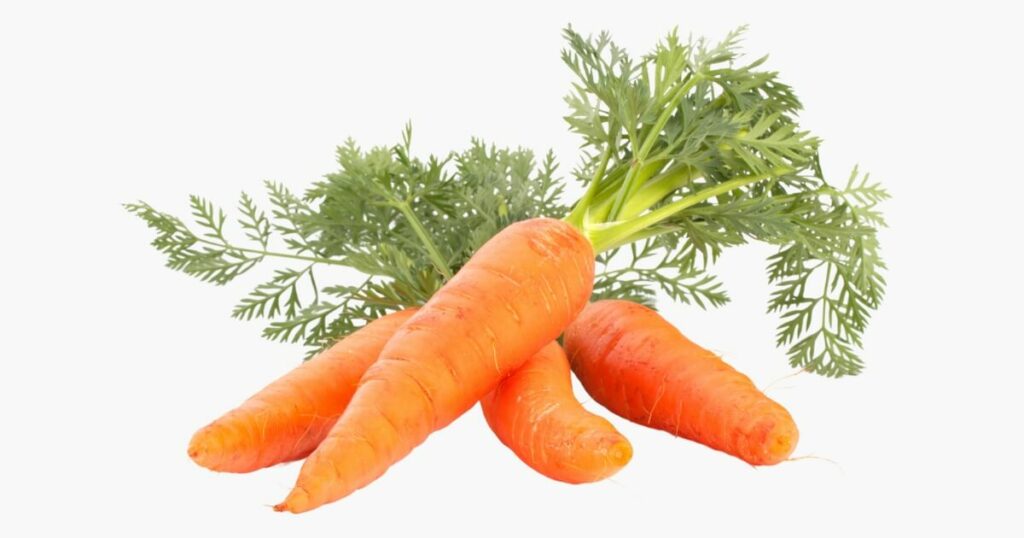
Carrots should be right up there when you’re thinking of a classic juicing ingredient. It’s one of my favorites, and here’s what makes them stand out:
- Natural Sweetness: Carrots add a gentle sweetness, perfect for balancing out other flavors.
- Actually Juicy: They juice efficiently, giving you a good amount of liquid every time.
- Versatile Pairing: Carrots blend well with both fruits and veggies.
- Vibrant Color: They can make your juice visually appealing.
When juicing carrots, you should give them a thorough cleaning, especially if they’re not peeled. They tend to collect dirt in their nooks and crannies.
If you have a powerful juicer, you can pop them in whole, but for smaller or less robust machines, cutting them into manageable pieces helps.
Remember, the fresher the carrot, the better the juice. Over time, carrots can lose their firmness, so using them while they’re still crisp will give you the best results.
And if you’re after a smoother blend, consider straining your carrot juice to remove any lingering pulp.
Celery
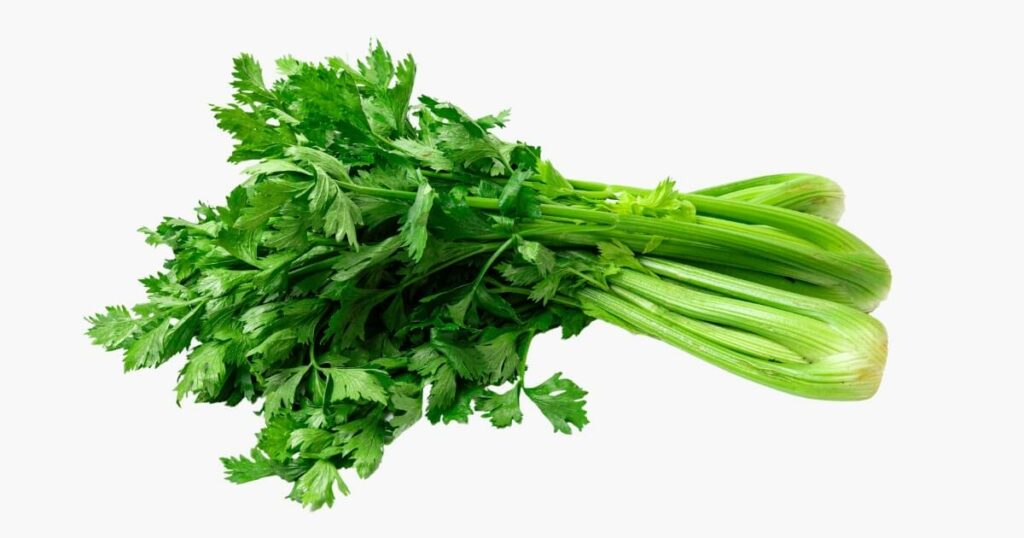
When it comes to juicing, celery is a star player. Here’s why you should consider celery:
- Crisp and Refreshing: Celery adds a clean, fresh taste to your juice blends.
- High Juice Yield: Despite its slender appearance, celery provides a generous amount of juice.
- Mild Flavor: Its subtle taste when juiced cold complements a wide range of ingredients.
- Smooth Texture: Celery juices without any grittiness.
When you’re gearing up to juice celery, there are a couple of things to keep in mind.
Those stringy fibers can sometimes be a challenge for certain juicers. To make things easier, consider chopping the celery into smaller sections before feeding it into your machine. This can help prevent any clogging.
Also, while celery is naturally watery, you’ll get the best results from stalks that are firm and crisp. If they’ve been sitting in the fridge for a while and have gone a bit limp, a quick soak in cold water can perk them right up.
And remember, the leaves have flavor too! They can be juiced along with the stalks for an extra punch of celery goodness.
Spinach
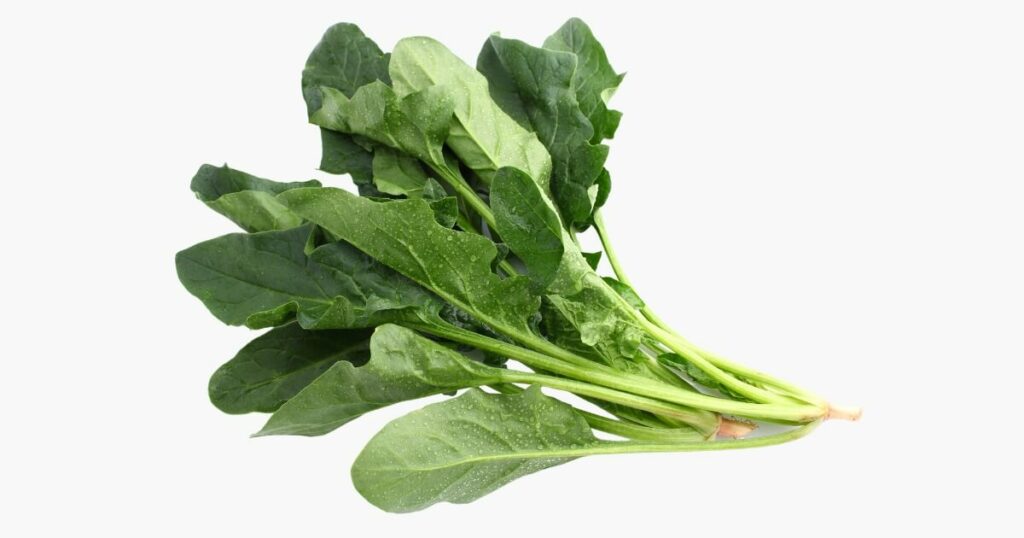
Spinach is a leafy green that’s a favorite in the juicing community. Here’s why it’s a top pick:
- Mild and Earthy: Spinach brings a gentle, earthy flavor, making it easy to mix with other ingredients.
- Compact Powerhouse: Even a small handful can significantly boost the nutrition of your juice.
- Deep Green Color: It adds a rich, vibrant green hue, enhancing the visual appeal of your drink.
- Soft and Juicy: Unlike tougher greens, spinach leaves are easier for your juicer.
When juicing spinach, it’s essential to ensure the leaves are clean. Spinach often has residual dirt or sand. A thorough rinse or a soak in cold water can help get rid of any lingering grit.
Once cleaned, you can juice spinach leaves whole. No need for chopping. However, if you’re using a slower juicer, it might be helpful to alternate spinach with harder veggies or fruits. This can prevent any clogging and ensure a consistent juice flow.
Spinach pairs beautifully with citrus fruits, so consider adding a splash of lemon or orange for a delightful flavor twist.
Broccoli
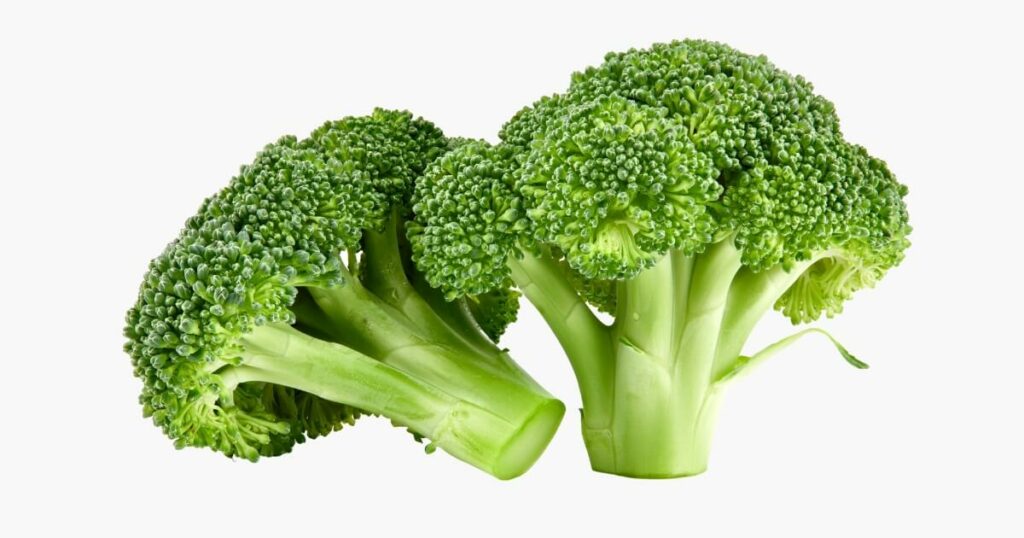
Broccoli might not be the first veggie you think of for juicing, but give it a chance. Here’s the scoop on this green powerhouse:
- Distinct Flavor: Broccoli offers a robust, slightly peppery taste that can add depth to your juice blends.
- Stalk and Floret: Both parts are juicable.
- Rich Green Color: It makes your drink look as hearty as it tastes.
- Thick Texture: Broccoli juice has a bit more body, giving your blends a fuller consistency.
When you’re getting ready to juice broccoli, give it a good rinse to remove any trapped dirt. Those tiny florets can sometimes hide little bits of grit, bugs, and who knows what else.
When it comes to the actual juicing, the stalks yield more juice than the florets. So, don’t toss those stalks away!
If you’re new to broccoli in your juice, start small. A little can go a long way in terms of flavor.
Pair broccoli with sweeter fruits like apples or pears. They can balance out its strong taste, giving you a delicious blend.
Kale
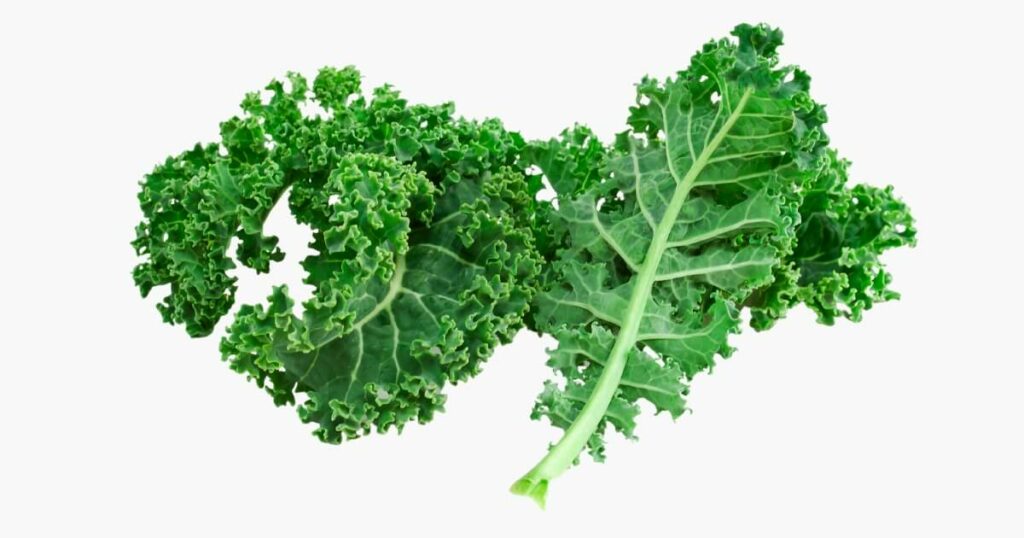
Kale has earned its reputation as a superfood, so it’s no wonder it’s a favorite among juicing enthusiasts. Here’s the lowdown on this leafy champion:
- Bold and Earthy: Kale has a hearty, rich flavor, making your juices taste robust.
- Generous Yield: Kale can produce a surprising amount of juice.
- Vibrant Green: A few leaves can transform your juice into a deep, emerald-colored delight.
- Sturdy Leaves: Kale’s firm texture ensures it holds up well during juicing.
Like other vegetables, it’s important to wash kale thoroughly when you’re prepping kale for juicing. Those curly leaves can sometimes trap dirt and tiny bugs.
Once it’s clean, you can feed the leaves into your juicer, stem, and all. However, if you find the flavor too potent, you can start by using just the leaves and gradually introduce the stems as you get accustomed to the taste.
Mixing kale with fruits like pineapple or mango can add a touch of sweetness, balancing out its strong flavor. And if you’re looking for a creamier texture, try adding a bit of avocado to your kale juice blend.
Cabbage
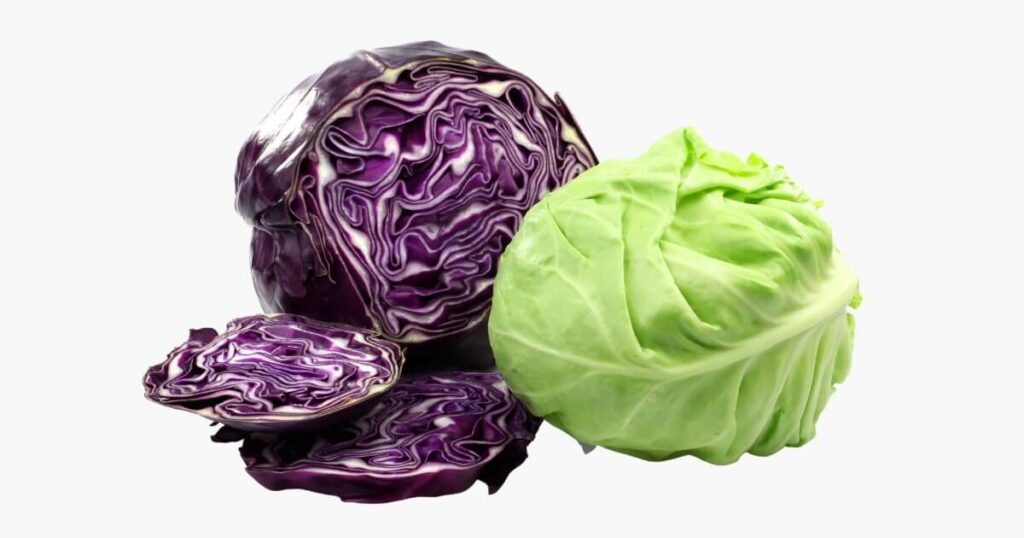
Cabbage might remind you of coleslaw or stuffed rolls, but it’s also a great option for your juice. Here’s what you should know about this crunchy veggie:
- Mild and Versatile: Cabbage has a gentle flavor, making it a great base for various juice combinations.
- Juice Galore: Those thick leaves can produce a good amount of liquid, so you get a decent yield.
- Pale Color: Cabbage adds a soft, almost milky hue to your juice, offering a visual break from the usual greens.
- Juices Smoothly: Its juice has a silky consistency.
When you’re gearing up to juice cabbage, peeling off the outermost leaves is a good idea, as they can sometimes be tough and gritty.
Once that’s done, chop it into chunks that fit comfortably in your juicer. If you’re using red cabbage, be prepared for a color surprise! It can turn your juice into shades of pink or purple, depending on what you pair it with.
And cabbage pairs great with apple or carrot, adding a touch of sweetness to its mild profile.
Wheatgrass
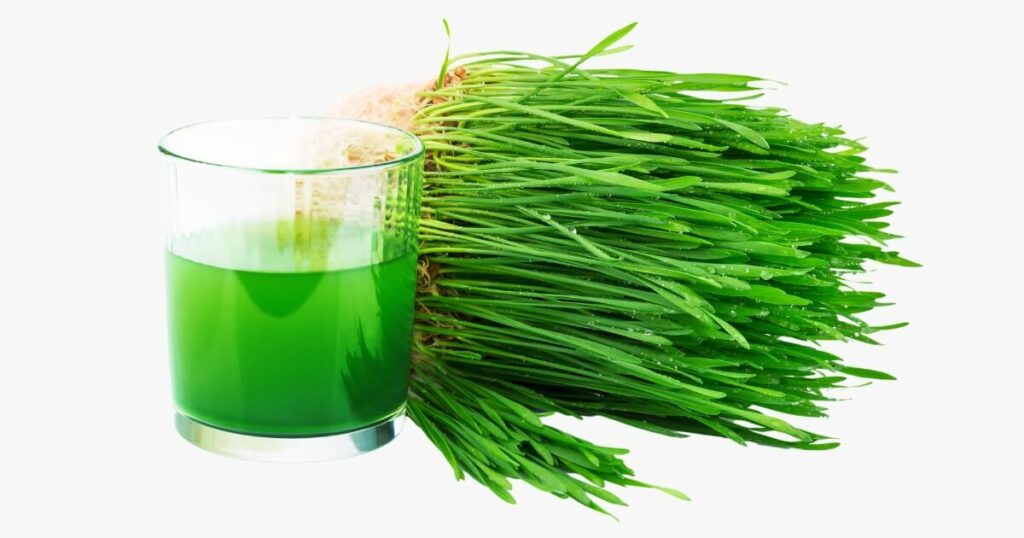
Here’s the scoop on this vibrant grass:
- Potent Punch: A little wheatgrass goes a long way, offering your juice a strong, grassy flavor.
- Juice: Despite its slender blades, wheatgrass can yield a surprising amount of vibrant green juice.
- Quick Growth: If you’re into growing your own, wheatgrass sprouts up fast, ready for juicing in no time.
- Smooth Finish: Its juice is light and almost velvety.
When you’re setting up to juice wheatgrass, ensure it’s fresh and clean. Those tender blades can attract dust easily. Cutting the grass just above the root is best to get the most nutrient-rich part.
Not all juicers handle wheatgrass well, so if you’ve got a masticating or a manual wheatgrass juicer, you’re in luck. If not, you can ball it up, blend the wheatgrass with water, and then strain it to get the juice.
Wheatgrass can be intense on its own, so consider pairing it with cucumber or apple to mellow out its strong taste. Whether you’re having it as a shot or mixing it into a larger blend, wheatgrass is sure to stimulate your juicing routine!
Zucchini
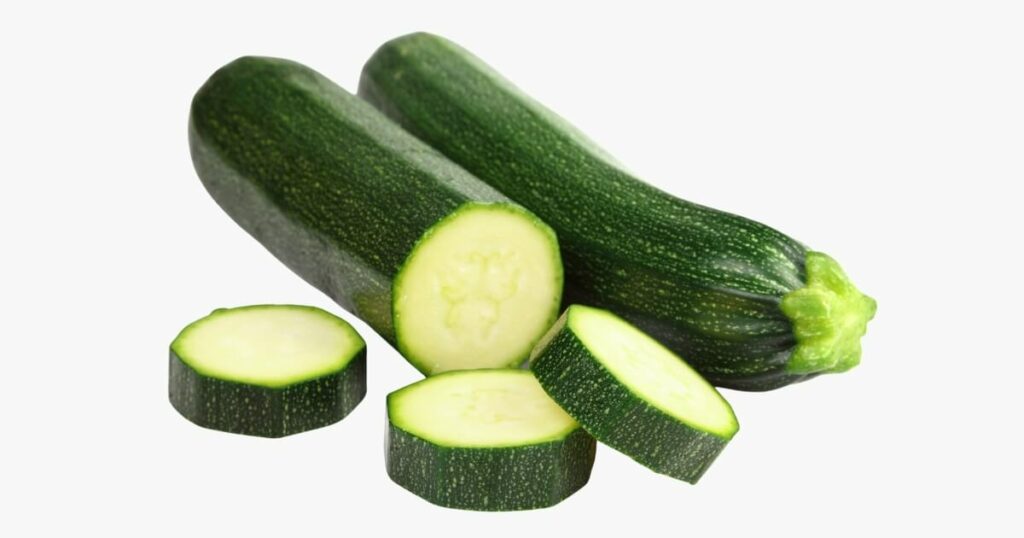
Zucchini might be a staple in your stir-fries, but here’s why you’ll want to introduce this green squash to your juicer:
- Mild and Neutral: Zucchini offers a subtle flavor similar to cucumber, making it a versatile addition to any juice blend.
- Generous Juicer: Its water-rich nature means you’ll get a good amount of liquid from even a small zucchini.
- Light Green Tint: It adds a soft, pale green hue to your juice, perfect for lighter blends.
- Silky Consistency: Zucchini ensures your juice has a smooth texture.
When you’re prepping zucchini for juicing, give it a good rinse to remove any dirt.
While the skin is packed with nutrients, you can peel it off if you’re not a fan of its slightly bitter taste. However, keeping the skin on adds a richer color to your juice.
Chop the zucchini into chunks that fit your juicer, and you’re good to go.
For pairing ideas, zucchini blends beautifully with leafy greens and citrus fruits, adding volume without overpowering the flavor.
Ginger
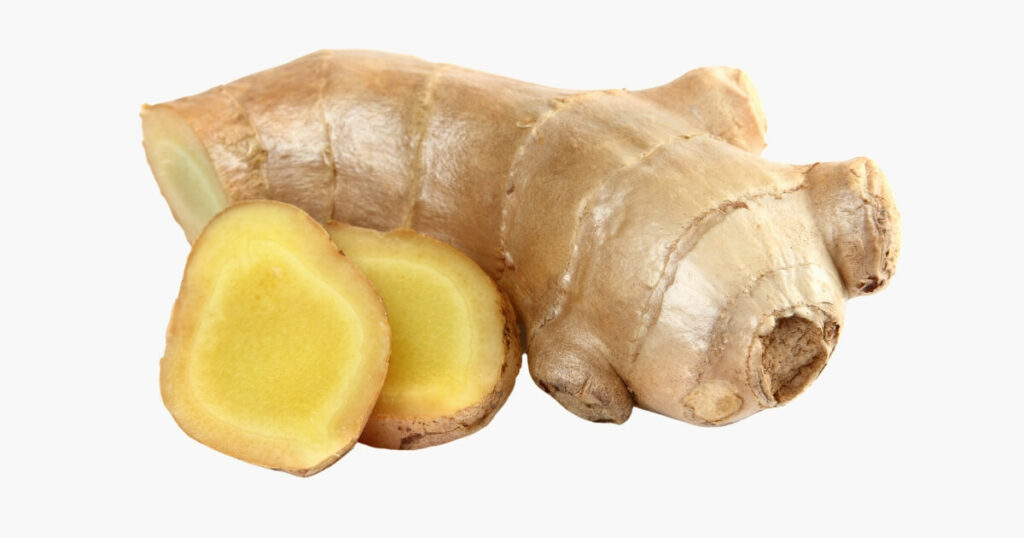
Ginger, with its zesty kick, is an incredible flavor enhancer. Here’s the lowdown on this spicy root:
- Bold Flavor: Even a small piece can add a warm, spicy punch to your juice.
- Compact Power: Ginger is dense, but when juiced, it releases a potent liquid that’s packed with nutrients and flavor.
- Golden Hue: It lends a lovely pale yellow tint, adding a touch of sunshine to your drink.
- Smooth Yet Zingy: Ginger’s juice has a silky consistency with a zesty aftertaste that lingers.
I think it’s essential to peel off its skin before juicing, but not essential. A spoon’s edge works wonders for this.
Once peeled, slice or chop it into pieces your juicer can easily handle. Remember, ginger is strong, so start with a small amount and adjust according to what you like.
Ginger is a match made in heaven with citrus fruits, apples, or even carrots, adding a spicy kick that elevates the entire blend.
Chili Peppers
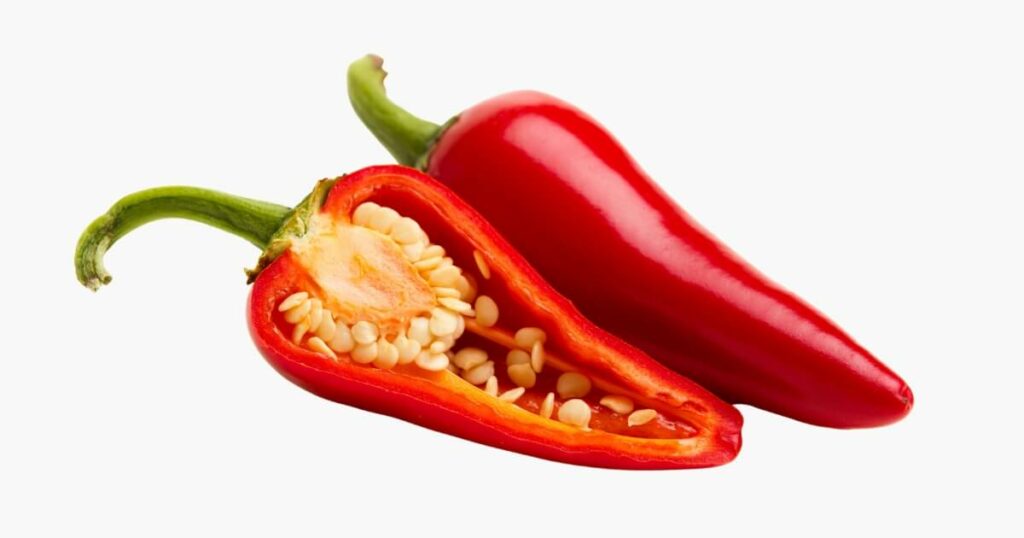
Chili peppers are an unexpected guest at your juicing party, but they sure know how to make an entrance. Here’s the spicy scoop on these fiery pods:
- Heat Wave: Even a tiny slice can turn up the heat in your juice, giving it a fiery kick.
- Little Goes a Long Way: Due to their potency, you’ll only need a small amount to make a difference.
- Zesty Zing: Beyond the heat, chilies impart a tangy flavor that can elevate your juice’s taste profile.
When you’re prepping chili peppers for juicing, handle them with care. Those capsaicin oils can irritate the skin, so consider using gloves.
It’s crucial to deseed the chilies, as the seeds pack an intense heat and can be too overpowering. Once deseeded, chop them into sizes suitable for your juicer.
If you’re new to juicing chilies, start small. You can always add more, but you can’t take away the heat once it’s in the mix.
Consider pairing chilies with sweeter fruits and vegetables like carrots, mango, or pineapple. They can balance out the heat, resulting in a mix of sweet and spicy.
Parsley
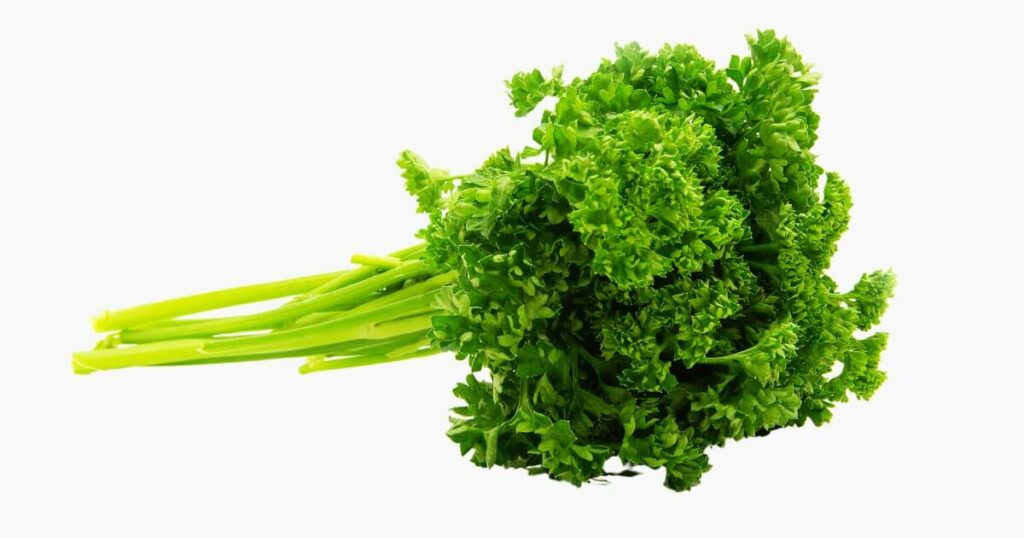
Parsley, often sentenced to the role of a garnish, is a hidden star. Here’s why this herb deserves a spot in your juicer:
- Fresh Burst: Parsley brings a clean, refreshing taste that can brighten up any juice blend.
- Herbaceous Kick: A handful adds a distinct herbal note, giving depth to milder juices.
Once cleaned, you can feed the entire sprig, stems, and all into your juicer.
The stems, in fact, contain a good amount of juice.
Parsley complements veggies like cucumber or celery, adding a herbaceous twist to the mix.
Beets
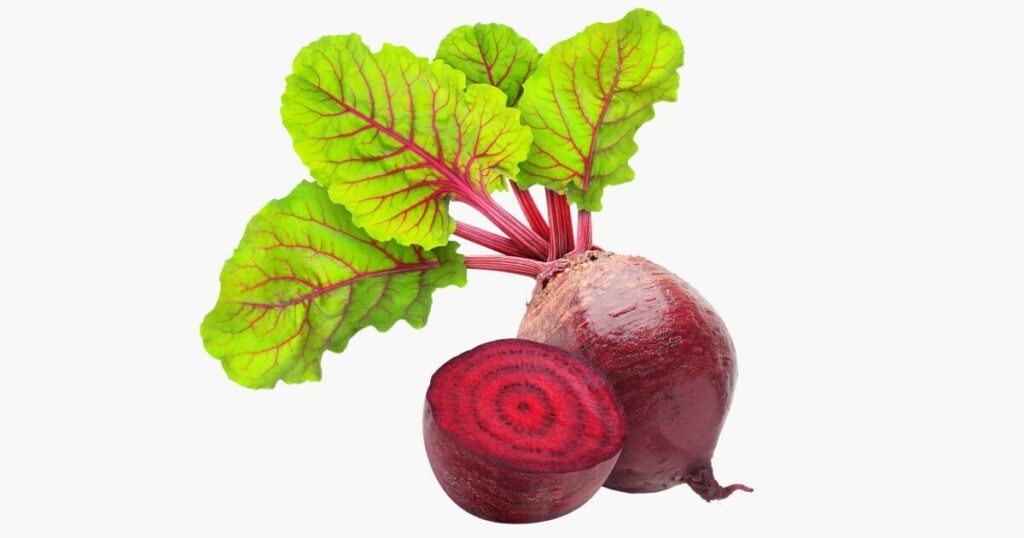
Beets are the way to go for color!
- Rich Ruby Red: Beets have a deep, beautiful red hue that will turn the color of your juice.
- Earthy Flavor: They bring a distinct, earthy taste that’s both sweet and slightly tangy.
- Sturdy and Juicy: While they might seem hard, beets produce a good amount of juice.
When juicing beets, there’s no need to peel them, but giving them a good scrub is essential to remove any dirt.
If you find the earthy flavor of beets a bit overpowering, try mixing them with sweeter fruits like apples or pineapples. This balances out the taste and adds another layer of flavor.
And beet leaves are edible and can be juiced too! The have a slightly bitter taste, similar to Swiss chard, and can add more nutrients to your drink.

